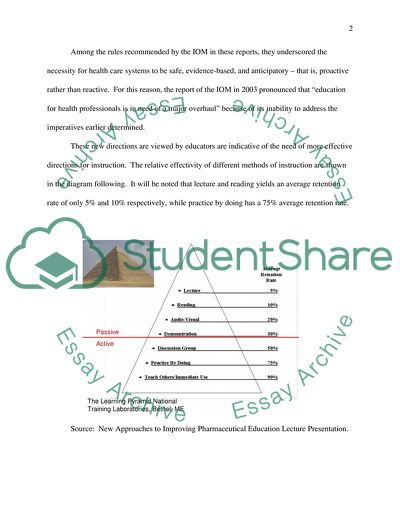Cite this document
(“To Err Is Human: The Value of Simulation in Pharmacy Education Literature review”, n.d.)
To Err Is Human: The Value of Simulation in Pharmacy Education Literature review. Retrieved from https://studentshare.org/education/1728707-err-is-to-human-the-value-of-simulation-in-pharmacy-education
To Err Is Human: The Value of Simulation in Pharmacy Education Literature review. Retrieved from https://studentshare.org/education/1728707-err-is-to-human-the-value-of-simulation-in-pharmacy-education
(To Err Is Human: The Value of Simulation in Pharmacy Education Literature Review)
To Err Is Human: The Value of Simulation in Pharmacy Education Literature Review. https://studentshare.org/education/1728707-err-is-to-human-the-value-of-simulation-in-pharmacy-education.
To Err Is Human: The Value of Simulation in Pharmacy Education Literature Review. https://studentshare.org/education/1728707-err-is-to-human-the-value-of-simulation-in-pharmacy-education.
“To Err Is Human: The Value of Simulation in Pharmacy Education Literature Review”, n.d. https://studentshare.org/education/1728707-err-is-to-human-the-value-of-simulation-in-pharmacy-education.


